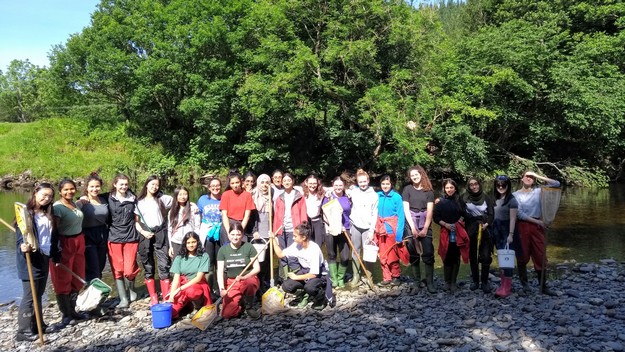Biology Fieldtrip 2019
The annual Year 12 Biology Field Trip took place over the penultimate weekend of the summer term, from 21st to 24th June. Forty-two A-Level Biology students travelled to the Rhyd-y-Creuau educational centre in Betws-y-Coed in North Wales to conduct ecological and biological studies, and to complete two of our 12 required practicals.
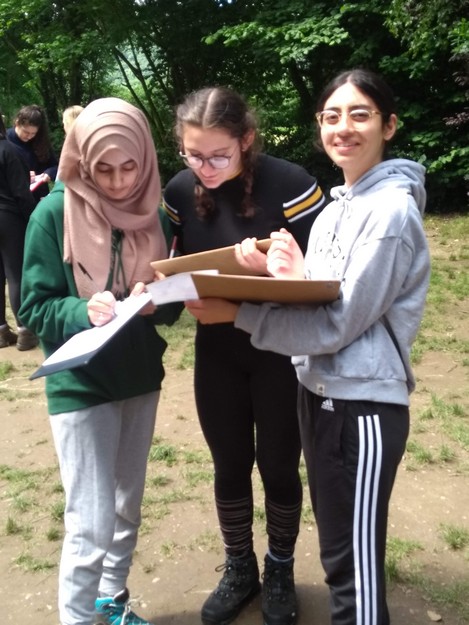
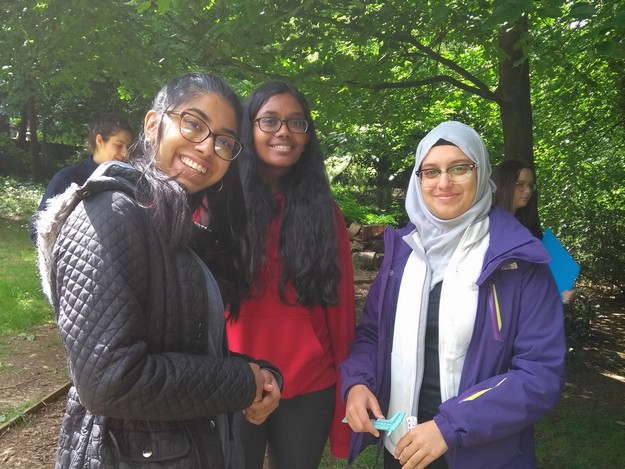
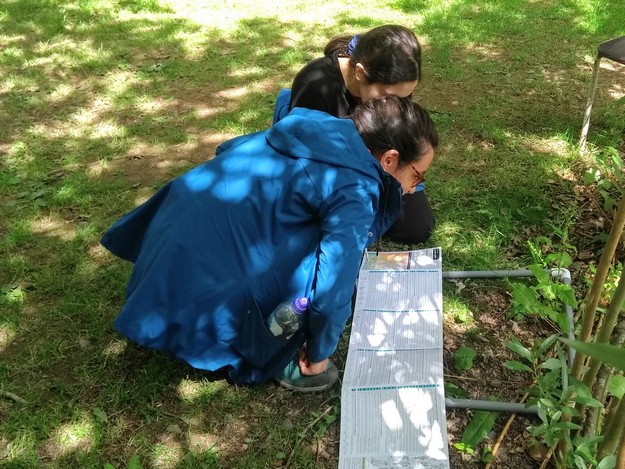
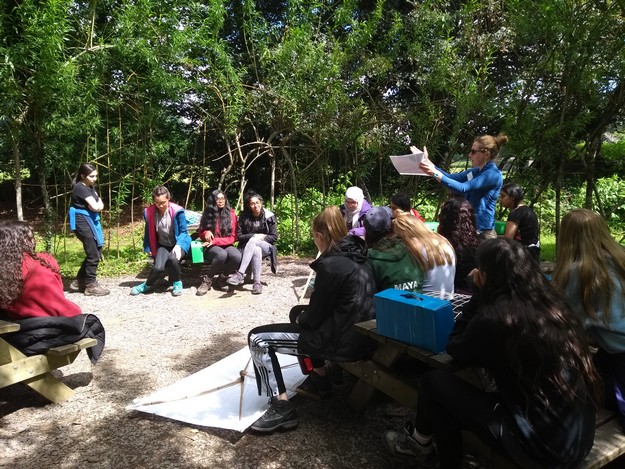
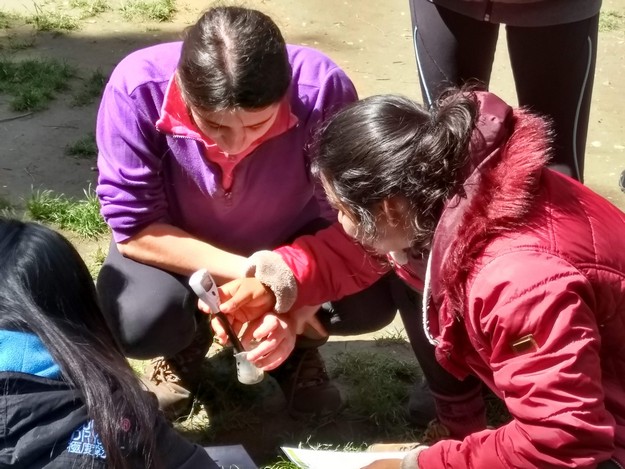
On the day of our arrival, we learnt the basics of the techniques that we would need to employ over the next few days to assess various factors in different environments. We learnt the benefits of random, systematic and stratified sampling, alongside the three types of statistical significance tests – T-tests, Spearman’s Ranks and Chi squared tests. We also learned how to use equipment used in the recording and evaluation of abiotic factors, including light intensity, soil pH, wind speed and humidity.
We then headed into the nearby woods, where we evaluated the changing landscape and identified different mosses and lichens on the trees of the natural deciduous forest.
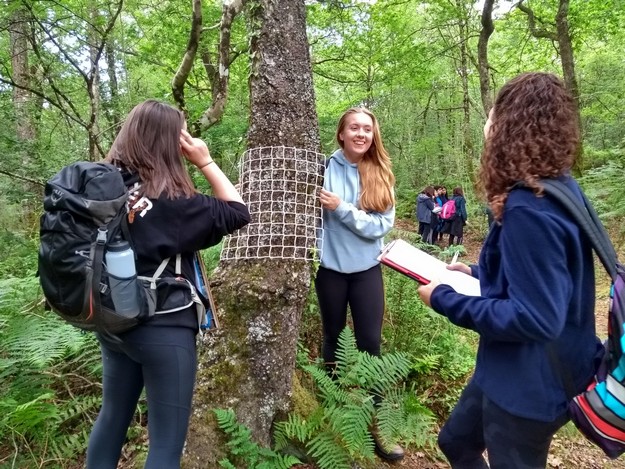
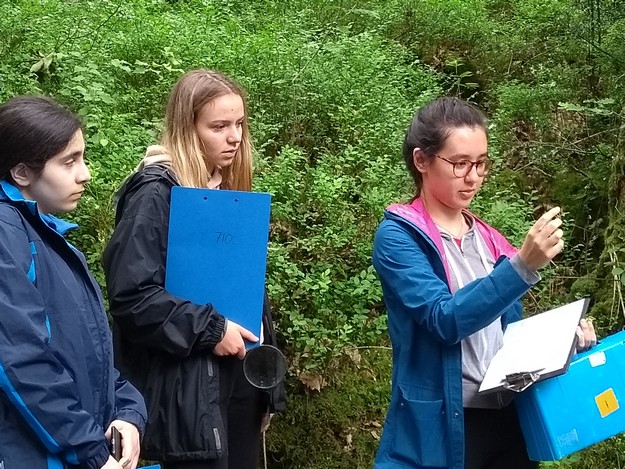
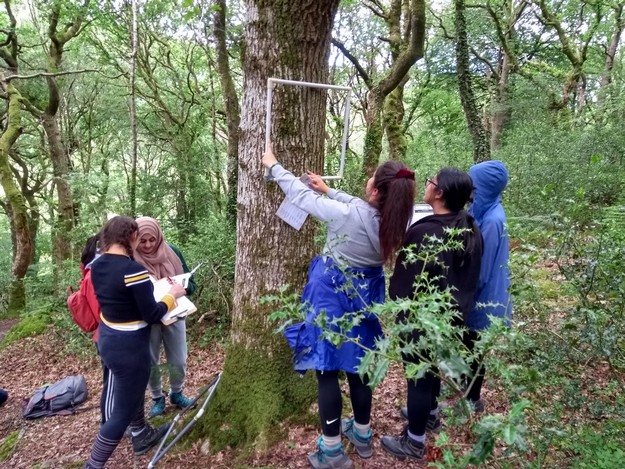
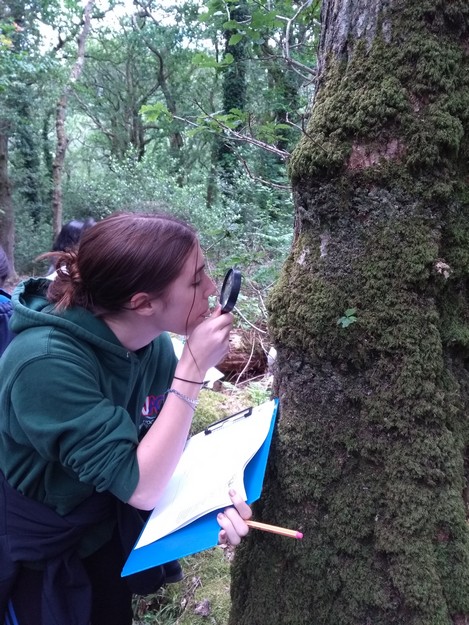
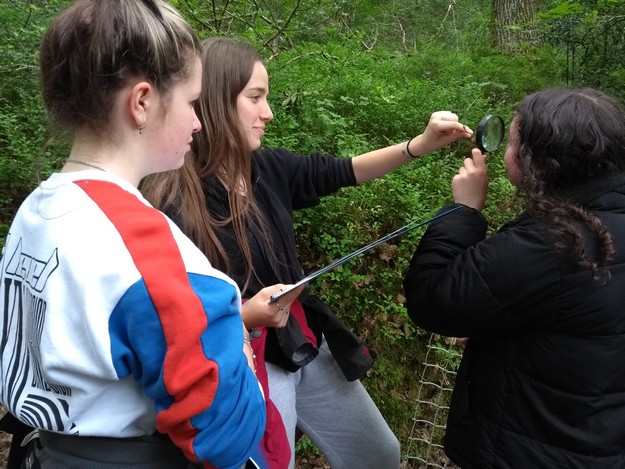
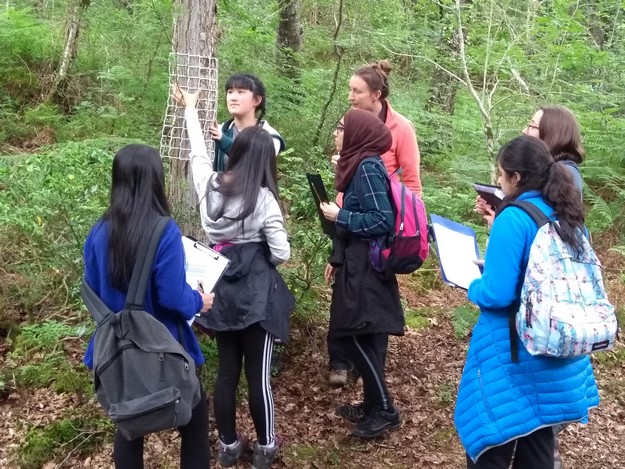
On Saturday, we walked to the nearby river and began to take ‘kick samples’ of the river bed at differing water velocities. We also talked about the way in which the river changed throughout the year, and identified invading plant species, such as Himalayan Balsam and Japanese Knotweed, both of which pose a great threat to the presence and diversity of indigenous species. We then returned to the Centre and assessed our samples. We had collected many different invertebrates – herbivores, carnivores and detritivores – that live on the riverbed. We identified these and a mystery species using a dichotomous key. In the afternoon and evening sessions, we caught and observed the behaviour of freshwater shrimp, which allowed us to complete one of our required practicals.
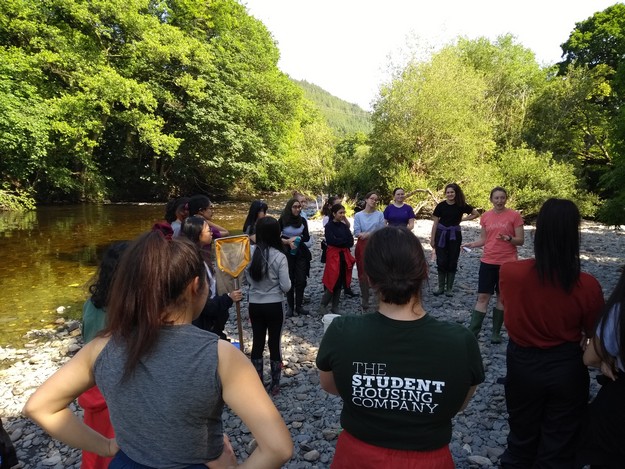
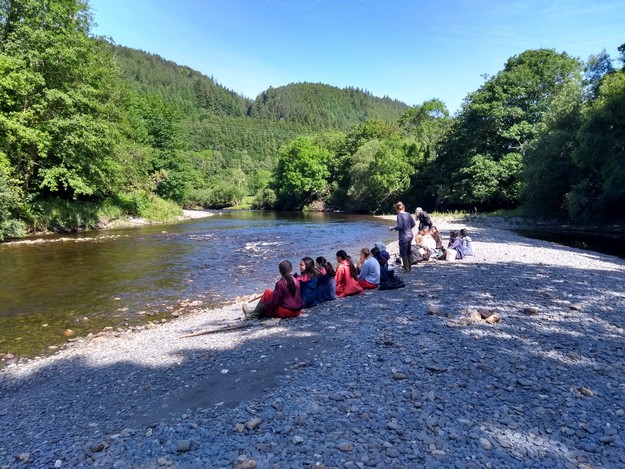
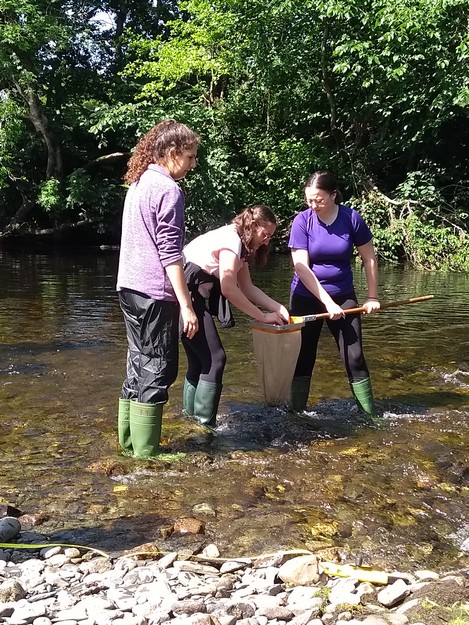
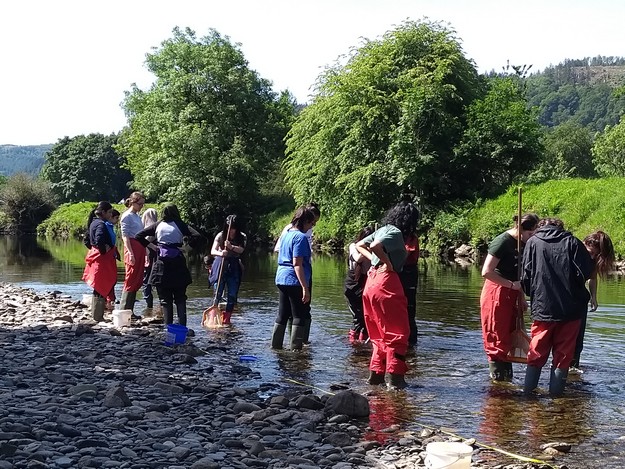
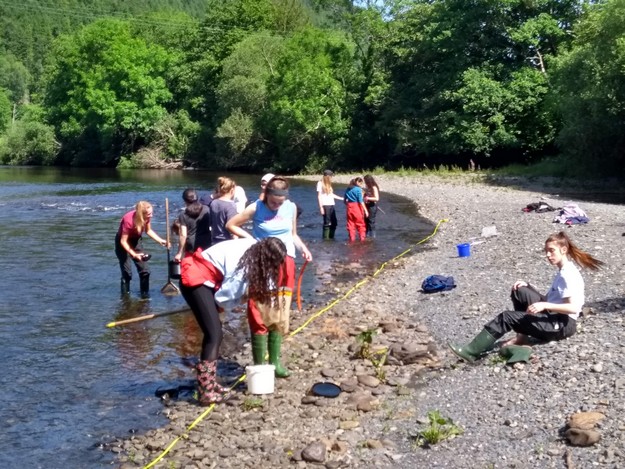
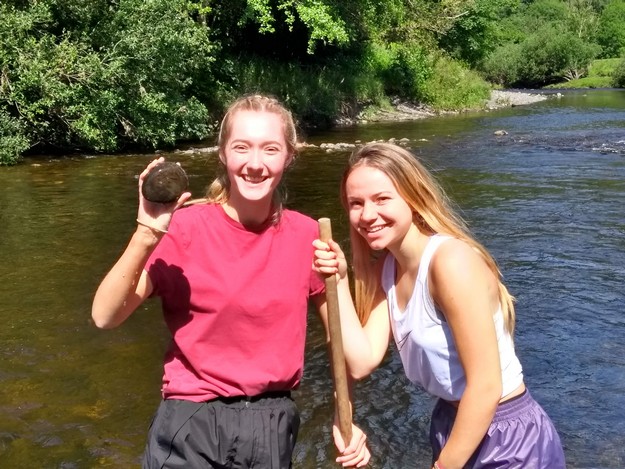
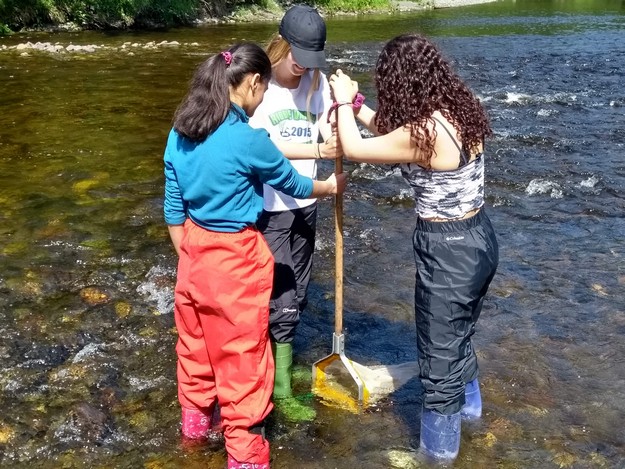
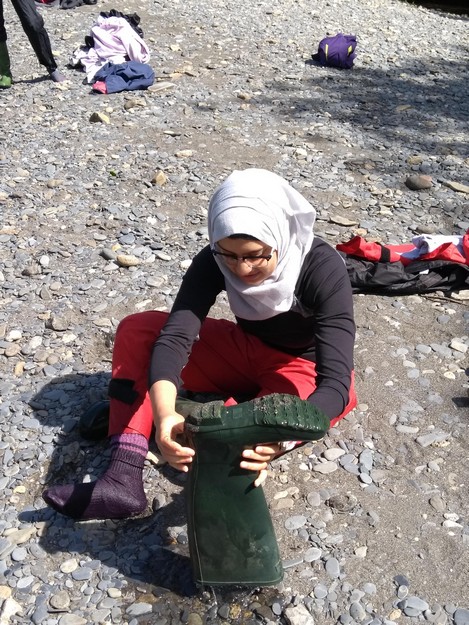
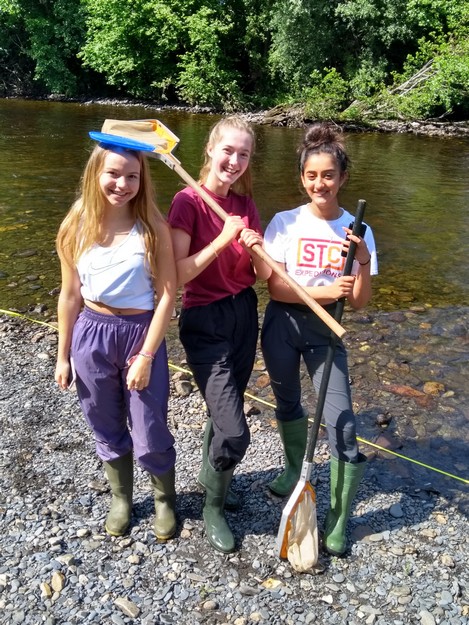
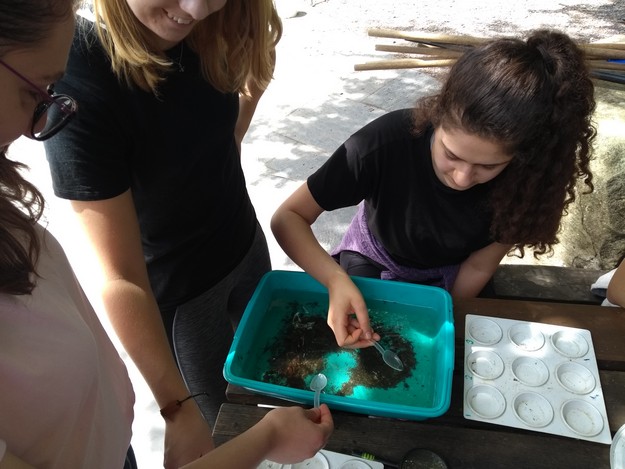
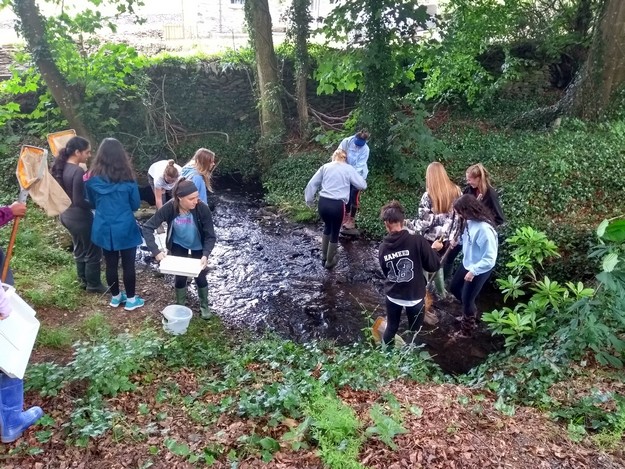
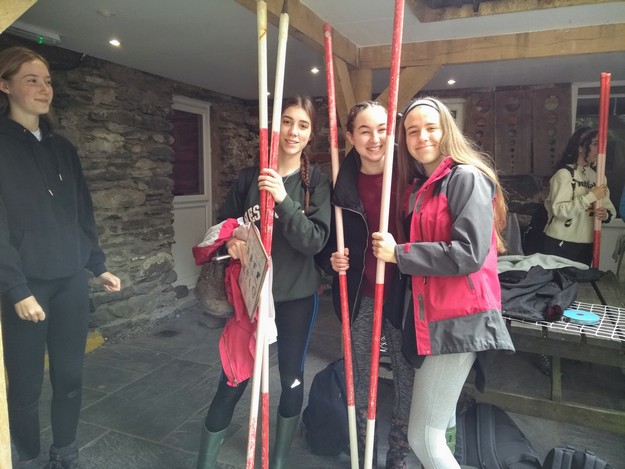
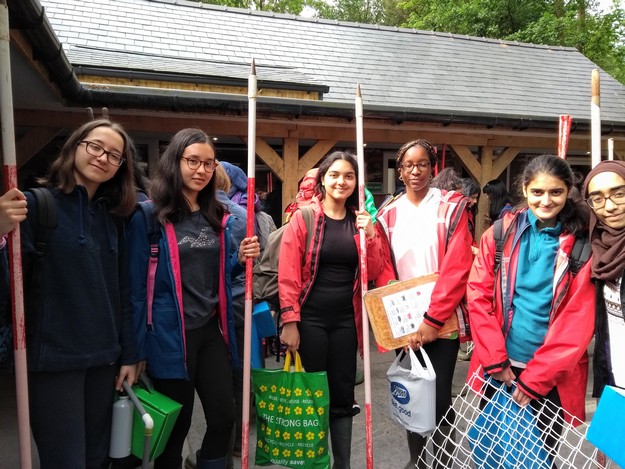
For our third day, we travelled to Anglesey to complete our ‘rocky shore’ practical, planned the day before and based around measuring the size and the distribution of limpets. This collection and statistical analysis of data allowed us to complete another of our required practicals. We also identified species of seaweed and crabs and measured their distribution with every 50cm decline on the shore, using ranging poles.
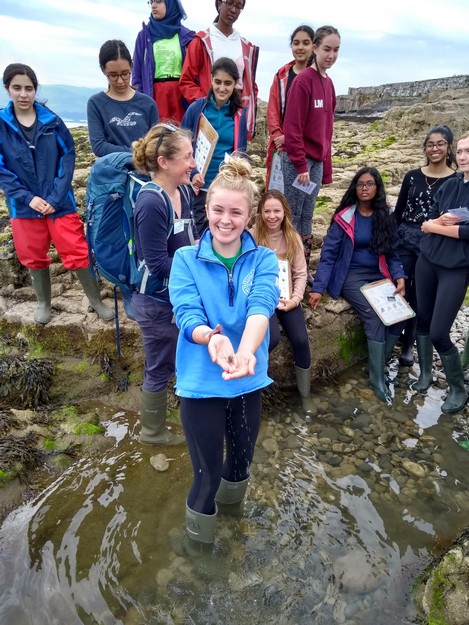
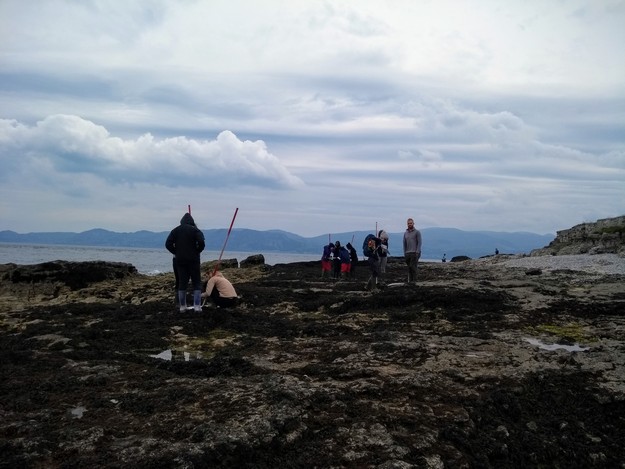
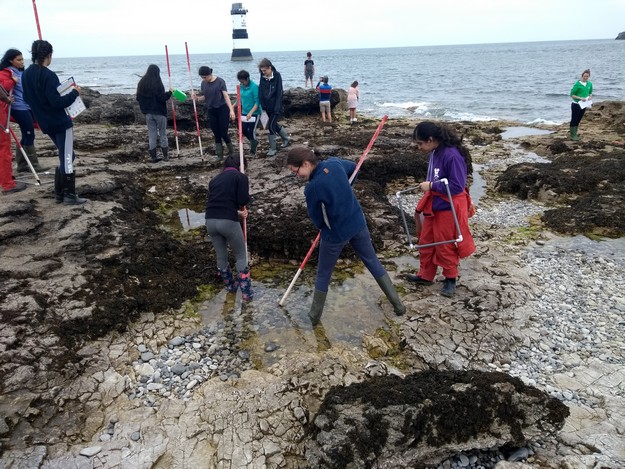
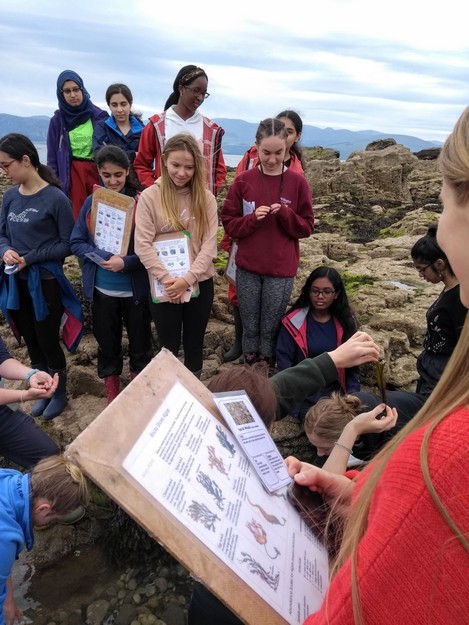
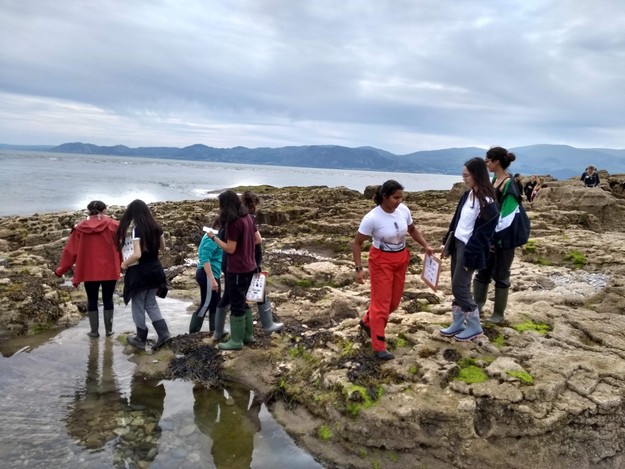
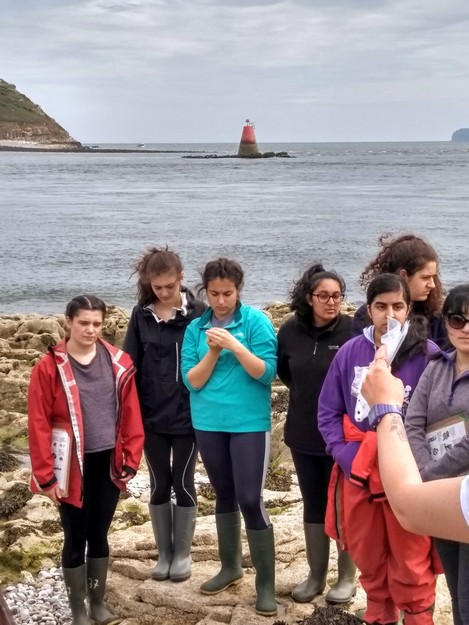
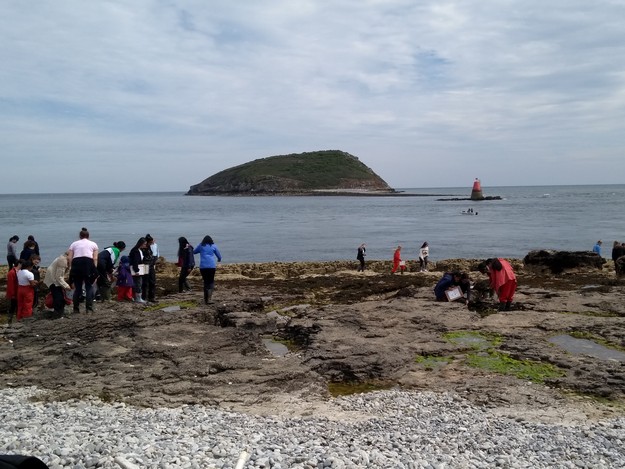
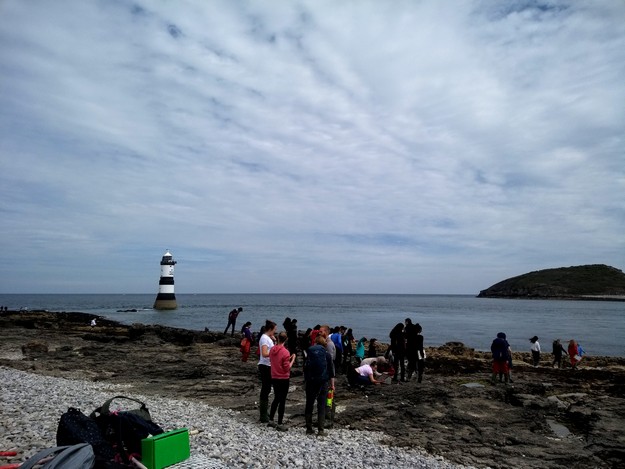
On our final day, we travelled to the Harlech sand dunes, which make up 10% of the sand dunes in Wales and are still growing. From adders to amphibians, the biodiversity in this area is incredibly high, with many types of plants and animals inhabiting the dunes. We used a method of systematic sampling to investigate the way in which the soil quality improved as we moved further inland and the way in which this changed the type and number of plants in the area. We created the traditional ‘WGS’ on the beach before heading back to School on Monday afternoon.
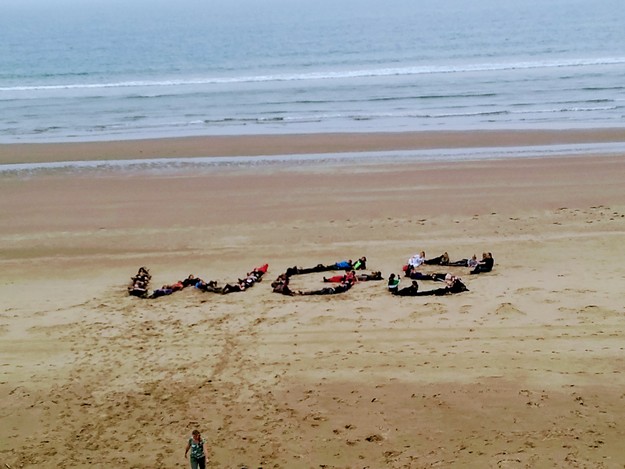
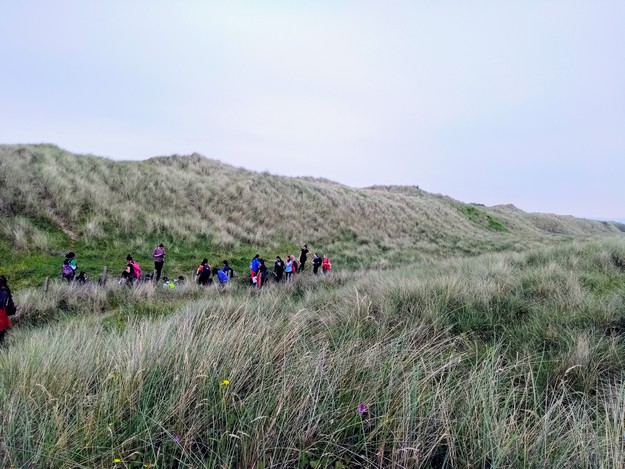
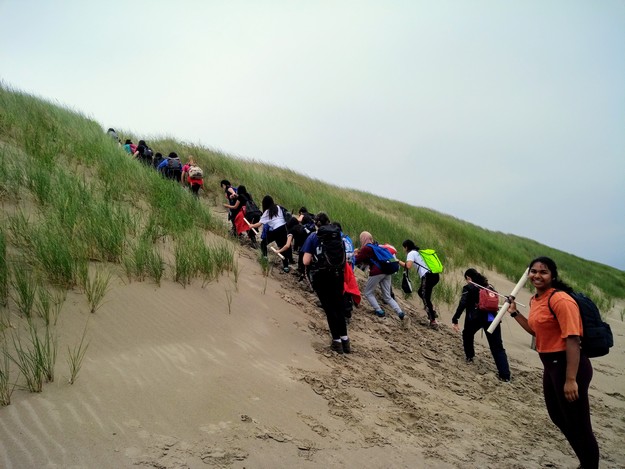
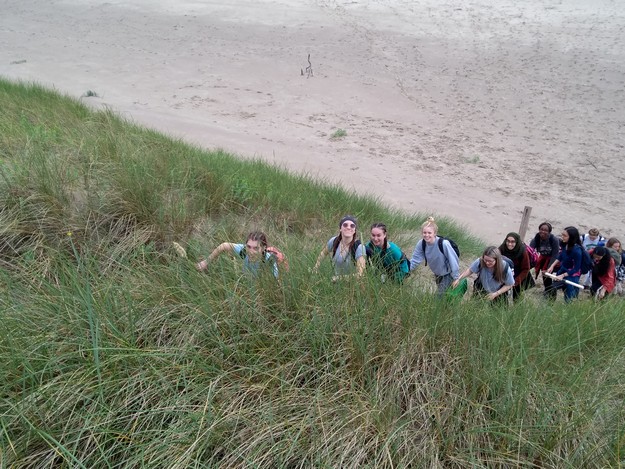
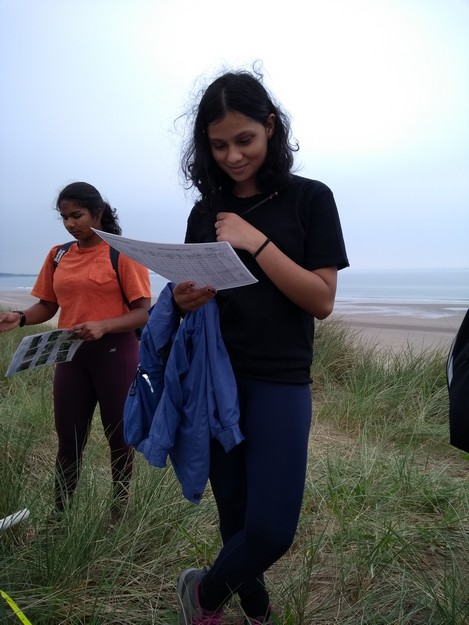
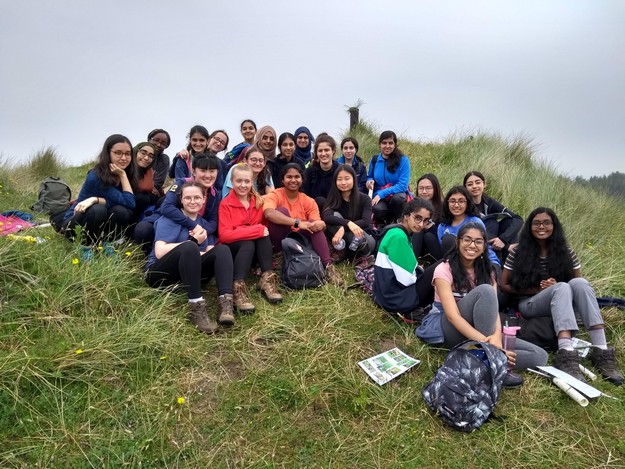
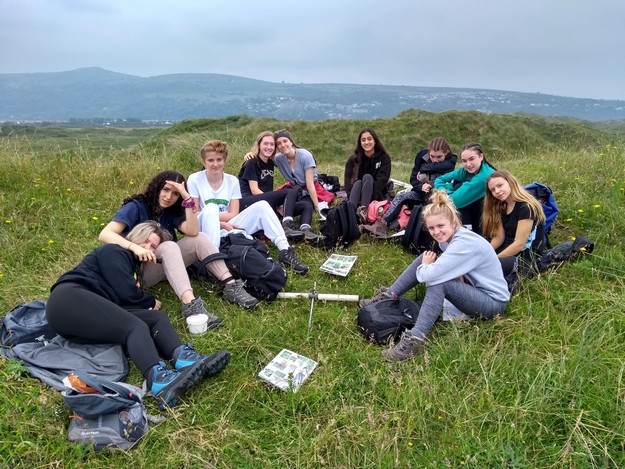
We all found the weekend incredibly valuable in enhancing our understanding of the ecology section of our course, whilst learning more about vital methods of statistical testing and enjoying the uncharacteristically warm and sunny Welsh weather. Many thanks go to all the teachers who facilitated this trip and gave up a part or all of their weekend to accompany us.
T Kinney Lower Sixth

